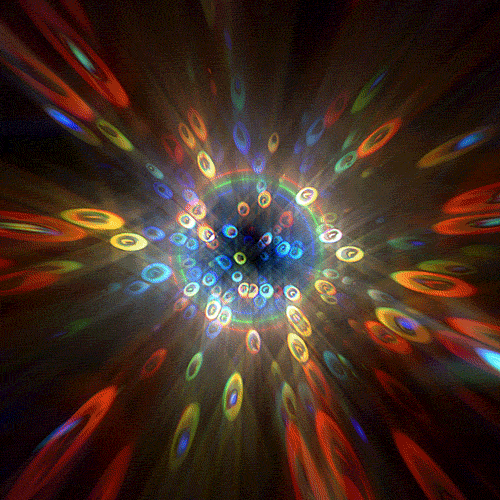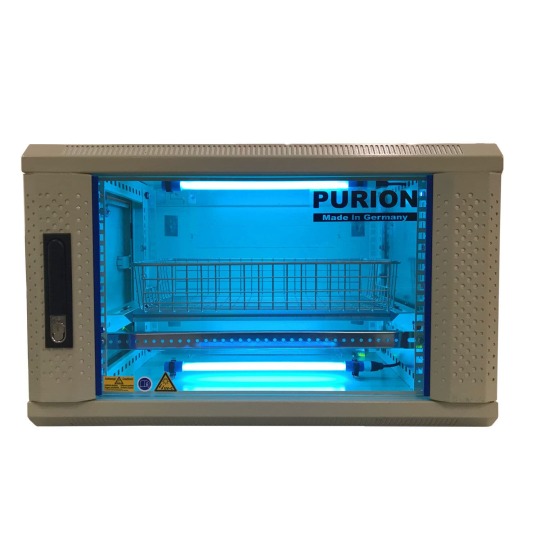#beautyexpert safetycomplianceofficer
Explore tagged Tumblr posts
Text
Wisdom Wednesday: All UVC light isn’t created equal by Margina Dennis

A ton of UVC products have hit the market in the wake of COVID19 and I know it is a daunting task to decipher through the sea of devices with their claims. UVC is not new technology. It has been around for many years used in food, water purification, and medical industries to sterilize. We know it is effective on hard surface, but to date there isn’t a single medical study that I have been able to find that says UVC has been tested on cosmetics or cosmetic brushes. So let me tell you about the different kinds of UVC lights, why UVC is used instead of UVA and UVB, and what to consider when buying.
UV is short for ultra-violet light which is a radiation that occurs from the sun. UVC is weak at the earth’s surface because the ozone blocks it. Although all UV light has some germ killing capabilities, UVC is the most effective, meaning it takes the least amount of time. That is why it is used over UVA and UVB. Even though the nm (nanometer) range for for UVC is 100nm-280nm, the most effective is 260nm so you want device who produce close to this.
There are currently three primary types of UV lighting:
LED - Light emitting diode (LED) is a semiconductor that combines the use of aluminum to provide a light in the UVC range, typically 255nm-280nm
Mercury - This is actually a fluorescent lamp (minus the phosphor) with mercury; the vapor from the mercury creates the UV wavelength and that “fresh air” smell. typically 254.7nm. And technology advances inhibit creation of zone.
Xenon - An incandescent lamp filled with xenon gas 185nm-2200nm controlled using a pulsing motion so that it is in the 200nm-280nm range.

UVC works by damaging the DNA or nucleus of a cell so that it cannot reproduce. Okay, here are the cliff notes on the three: Xenon is at this time used commercially and is very expensive, but is the most effective. Mercury is effective and has been used for years. LEDs typically are only effective at greater power output and you need alot more of them in order for them to be effective based on the size of the container they are in and the power output. they also a smaller beam range. It is also extremely important as to what the housing is made of containing UVC. Mirrored glass and aluminum are necessary when using LEDS because it allows the UVC get around the more of the exposed surface. PVC ( a type a plastic) completely blocks the UVC wavelength so if you have a lamp in a PVC box and are using it the light won’t work. Also anything in the unit cannot be sitting on the bottom so make sure it has a metal tray and/or rack. There is some testing happening with pulsed higher voltage LEDs. And why the boxes and not the wands? Exposure to UVC can be damaging to your skin and eyes. There is working being done in this area on a safer alternative, but it i in the testing stages.

example of multi-led bag with tray and reflective interior. Since need to get specs!

not recommended Sitting in plastic, not rack and lights are coming from the side. the two edges of the phone are the only places really coming into contact with light.

Mercury lamps top and bottom with suspended metal tray.


I actually own this bag. the image above is the inside with the mercury lamp on.

glass mirror interior with metal racks and mercury lamp

Okay, now for the real fun stuff.. what should you be looking for when buying.....
IGNORE THE SALES PITCH!!!!!!! What you really need to be asking if it really works! You will see just about every single UVC device out there with the claim UVC kills 99.9% of germs. fact, but DOES THAT DEVICE????? For example, if the LED power output isn’t strong enough, there aren’t enough of them and there is nothing to reflect then if might be effectively on a tiny spot on the item that is in the unit. That isn’t effective on the entire surface of the object. request safety data sheets (SDS) and how the testing was done. Any company that is worth it’s salt will happily furnish that data. Also ask how the testing was done and with what. UVC light on a petri dish in a lab doesn’t help you. WHAT TESTING WAS DONE WITH THE DEVICE? On what objects? What type of germs/viruses? and for how long? Lastly, WHAT IS THE QUALITY OF THE LIGHT SOURCE? They should have the data from the company that they purchase those lighting technology from. This also factors in to how effective and reliable the device will be. And let me repeat... as far as I am aware, NO TESTING has been done with UVC and COSMETICS and COSMETIC BRUSHES. I know UVC will work on my metal implements and my brush handles. So for those devices out there that are making those claims, that is the first thing I would ask for data on....what brushes, what type of brushes and where are the receipts. Link to all of the resources I used for this article are below.....
Love and Lipstick,
Margina
https://www.clordisys.com/pdfs/misc/UV%20Data%20Sheet.pdf
https://iuva.org/
https://www.ncbi.nlm.nih.gov/pmc/articles/PMC7136868/#:~:text=Pulsed%20xenon%20ultraviolet%20(PX%2DUV)%20is%20proven%20as%20an,effect%20also%20applies%20to%20clinical
https://www.iuva.org/resources/2018_IUVA_Americas_Conference/Technical-Proceedings/LEDs%20and%20Other%20UV%20Sources%202/McKain_Molly-UV-C-LED-Devices-and-Systems-Current-and-Future-State.pdf
https://www.americanultraviolet.com/uv-germicidal-solutions/essentials-of-germicidal-irradiation-for-reduction-of-microorganisms.cfml
https://www.stouchlighting.com/blog/faqs-about-uv-disinfection-lighting-the-basics
http://www.izakscientific.com/blog/uv-disinfection-led-vs-pulsed-xenon-uv-light
http://www.uvresources.com/blog/the-ultraviolet-germicidal-irradiation-uv-c-wavelength/
https://onlinelibrary.wiley.com/doi/full/10.1111/ina.12619
https://www.electronicsweekly.com/news/products/led/heat-light-uvc-leds-2017-09/
https://www.powerelectronictips.com/when-it-comes-to-uv-c-led-lights-buyer-beware/
https://www.ledsmagazine.com/leds-ssl-design/packaged-leds/article/16695812/reconsider-uvc-led-lifetime-for-disinfection-based-on-development-decisions-magazine
https://www.klaran.com/images/kb/application-notes/Using-UV-Reflective-Materials-to-Maximize-Disinfection---Application-Note---AN011.pdf
#uvcsterilizer#uvc#uvclight#uvclamp#covidー19#coronavirus#covid#ultraviolet sterilizer#sanitation#disinfection#sterilizing#makeupartist#makeupsafety makeupartistsafety#safesets#productionsafety#filmandtv#marginadennis#beautyexpert safetycomplianceofficer#covidsafety
2 notes
·
View notes